The independent Afro-Americain cinema
The independent African-American cinema begins in 1975 when the blaxploitation starts to
lose its influence.
Young colored directors trained in movie schools are its origin. These moviemakers have a new vision of the cinema, they want to show the Afro-Americans in all their humanity. Their films denounce most of the time racist prejudices. From secondary roles where the blacks were ridiculized to dignified roles, some black actors are even rewarded with Oscars in the same way that white actors. African-American moviemakers will be recognized for their work.
So there is a great evolution, times have changed, but African-American films have not yet had a great success with the public.
The independent African-American cinema is divided into two different trends:
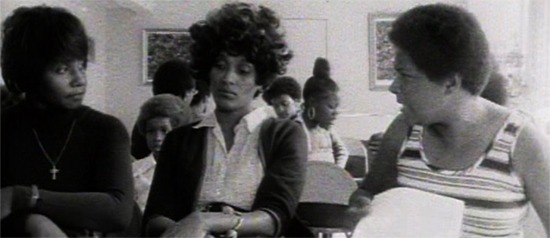
-The "Roots movement", which draws its inspiration from the African roots gives birth to movies like "Bush Mama" by Halle Gerima (1979) or "Daughters Of The Dust" by Julie Dash (1991).
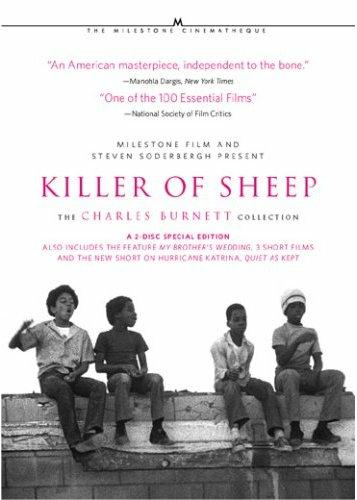
- Then the "daily cinema" with movies such as "Killer Of Sheep" by Charles Burnett (1977), "Bless Their Little Hearts" made by Billy Woodbury (1983), or "Sidewalk Stories" by Charles Lane (1989) which describe the daily life of Blacks in America.
The independent cinema is not recognized by the general public of the 80s.
This trend will be reversed by a moviemaker: Spike Lee and his film "She's Gotta Have It" (1986), which portrays a woman with three lovers.

Spike Lee

Spike Lee grew up in Fort Green, a neighborhood in the borough of Brooklyn in New York, in an artistic, intellectual and rich environment. Spike Lee was a student of the prestigious Morehouse College, a university that trains black American elites and the Tisch School of the Arts, the most prestigious film school of the East Coast of the United States.
His films often focus on the African American community and, in general, on social issues and identity of black minorities. His achievements are often controversial.
Example of movies made by him: "She's Gotta Have It" (1986), "Mo 'Better Blues" (1990), or "Malcolm X" (1992). *
In the 80's
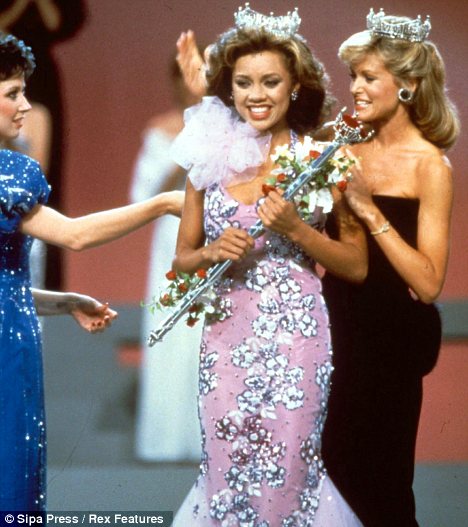
After 25 years of struggle for the Civil Rights, African Americans began to gain recognition through society. In 1984 the first black Miss America (Vanessa L. Williams) will be elected, and in 1986 the 3rd Wednesday of the month of January was declared a national holiday to commemorate Martin Luther King. We can see that the black community has obtained changes in American society. It is also very determined to use the system to integrate. It must not be forgotten that much of the black population still lives below the poverty line.
The 90's
"The New Jack Movies"
The term New Jack cinema means all the movies made in the 90s and whose main action takes place in poor neighborhoods also called ghettos inhabited by some of the African-American population and other populations like Hispanics.
The castings of New Jack cinema is essentially composed of Afro-Americans.
The adjective New Jack refers originally to a musical current, new jack swing, which is a fusion of Rap Music and Rhythm & Modern Blues (R & B). This musical trend, initiated by the producer Teddy Riley in the late 80s, knows an important success in the early 90s, around the same time as its movie counterpart. Moreover, we find a lot of new jack swing production in the soundtracks of New Jack movies.
Examples of New Jack movies:
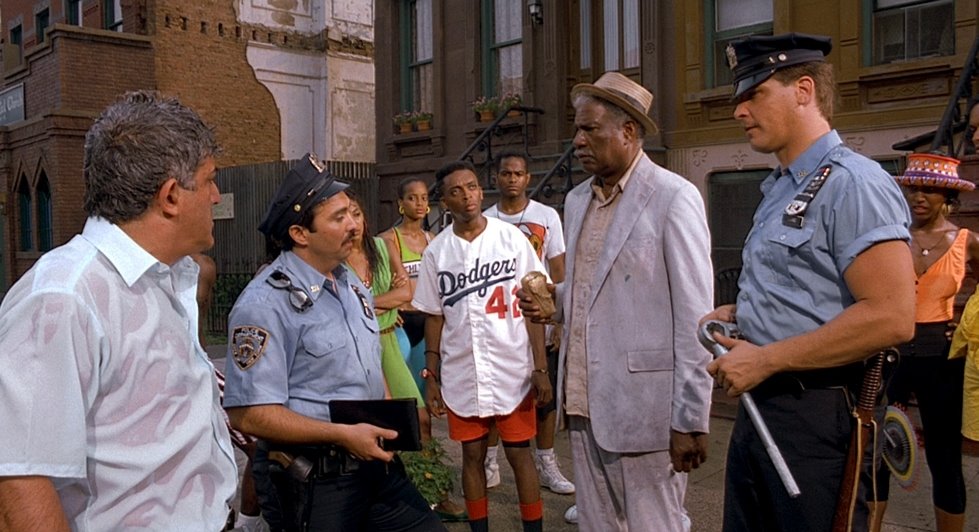
"Do The Right Thing" (1989) directed by Spike Lee, deals with police brutality against young African Americans and tensions between different communities.
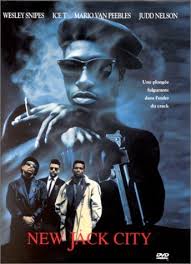
In 1991 the composer and producer Quincy Jones offers to Barry Mickael the film "New Jack City" that tells the story of two policemen, one with African origins and an other with Italian origins, who suffered from drug addiction during their childhood. They vow to dismantle the network of Nino Brown, who reigns over Harlem.
page 12/13
